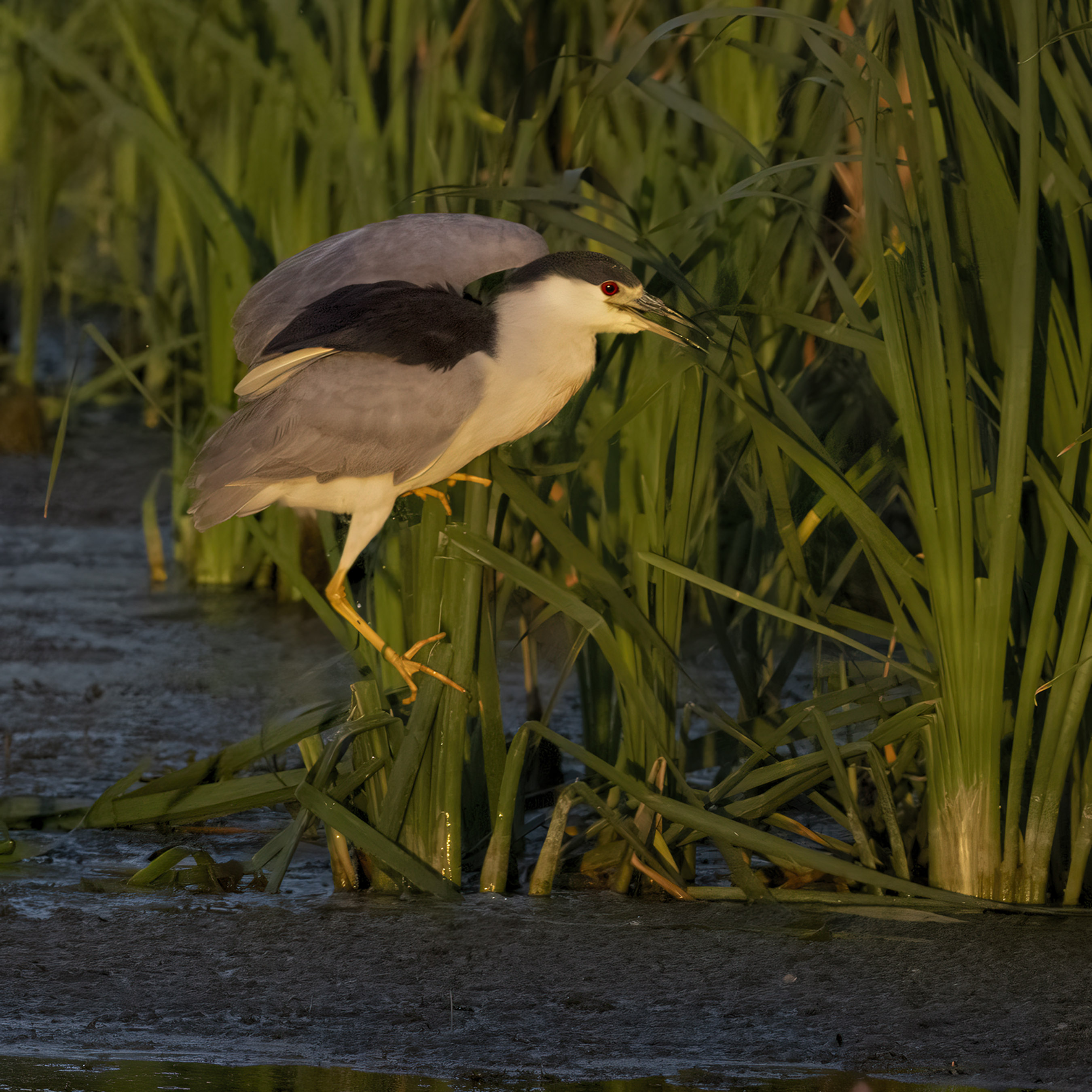Black-Crowned Night Heron’s nocturnal habits and nesting patterns
CURTICE – Long necks and long legs are the hallmarks of the great blue herons and great egrets we’re used to seeing in our marshes and river rapids.
Shorter and lacking both the long neck and legs, black-crowned night herons are also shy and not seen as often. It starts with their nocturnal habits that keep them in the shadows during daylight, revealing themselves only as dusk settles onto our wetlands.
While they nest in colonies like their heron cousins, the party is over for the night herons when the young fledge and they all go their own way.
You’re most likely to see them one or two at a time, their sturdy bodies hunched and virtually frozen on a low hanging perch, waiting for a meal to come into range. While the adult night herons may have been shorted on neck and legs, they weren’t shorted on looks. They’re simply elegant with a deep black back and cap over pale gray wings that fade underneath to paler gray and white. The heavy darkish bill leads to a dark line that ends dramatically in the adult’s bright red eyes. It’s a deep and menacing red that bodes ill for its prey.
This image was captured late in the afternoon earlier this week at Howard Marsh Metropark in Curtice, Ohio. Its distinctive call, which has been described as a barking squawk, gave away its location before it appeared, crashing through a dense stand of cattails.





















